 Without planning to, I’ve accumulated a small collection of point-and-shoot zoom cameras with wide angle capabilities. There’s a good reason for that. These are the Swiss Army knife of the photographic world. And while the spoon or fork found on a multi-tool, isn’t the best spoon or fork ever, in a pinch they’re better than nothing. And so it is with point-and-shoot zoom cameras — they can do a bit of everything reasonably well.
Without planning to, I’ve accumulated a small collection of point-and-shoot zoom cameras with wide angle capabilities. There’s a good reason for that. These are the Swiss Army knife of the photographic world. And while the spoon or fork found on a multi-tool, isn’t the best spoon or fork ever, in a pinch they’re better than nothing. And so it is with point-and-shoot zoom cameras — they can do a bit of everything reasonably well.
It’s true that these small wonders generally don’t match the performance of a proper SLR rig, but on the other hand, they’re versatile and extremely portable. That’s why I like them, and why most photographers have at least one in their collection. So which specific model is best? No idea. But I can tell you about the relative strengths and weaknesses of the ones I happen to have.
First, my ground rules. I’m only including “wide angle” point-and-shoots. To qualify, the lens has to go down to at least 28mm focal length. That specification thins the point-and-shoot herd pretty dramatically right off the top. At the “telephoto” end? I don’t care. I find 70mm is plenty since I mostly work from wide-angle to normal (50mm). For kicks, I’ve also thrown one non-zoom model into the mix.
Okay, let’s get started.
YASHICA T4 ZOOM
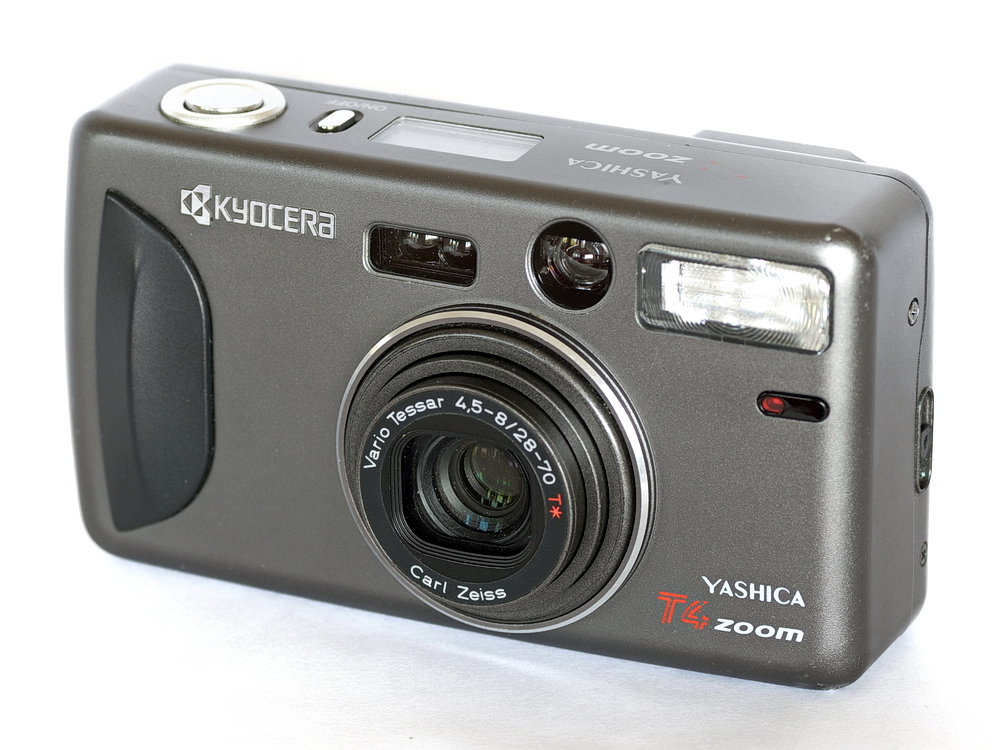 Zoom range: 28 – 70mm
Zoom range: 28 – 70mm
Maximum aperture range: f/4.5 to f/8.0
Infinity focus lock?: Yes
Closest focus: 16 inches
Film lead length*: 15.5cm
Best Feature: Excellent lens quality
Worst Feature: Significant shutter lag.
Summary: Of all the cameras in this roundup, the Yashica (with its Zeiss T* lens) produces the best results. It’s also the film economy champ of the bunch, drawing out the least amount of film leader before the first shot. That means you can usually squeeze out an extra frame or two. Nice!
* This is a measure of how much film the camera consumes before it’s ready to take the first shot. The smaller this number, the better.
Click here for a full review of the Yashica T4 Zoom.
PENTAX ESPIO 120SW
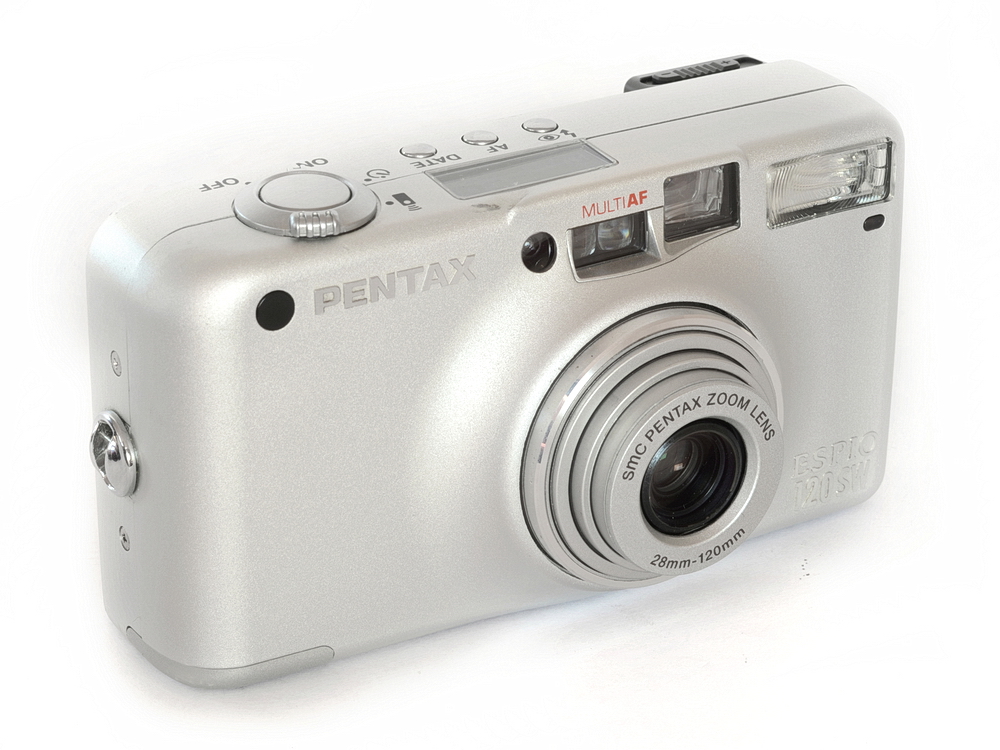 Zoom range: 28 – 120mm
Zoom range: 28 – 120mm
Maximum aperture range: f/5.6 to f/12.8
Infinity focus lock? Yes
Closest focus: 19.7 inches
Film lead length: 19 cm
Best feature: Compact, feature-rich design
Worst feature: Slow lens
Summary: If a compact with a big zoom range is your priority, this is your camera. The only “gotcha” is that it’s painfully slow f/12.8 at the 120mm end of its zoom range. It’s a beautiful little machine that produces good results when the lighting is good.
Click here for a full review of the Pentax Espio 120SW.
MINOLTA 75W RIVA ZOOM
 Zoom range: 28 – 75mm
Zoom range: 28 – 75mm
Maximum aperture range: f/3.5 to f/8.9
Infinity focus lock? Yes
Closest focus: 16 inches
Film lead length: 19cm
Best feature: Relatively fast lens
Worst feature: Reverts back to “full auto” mode after each shot
Summary: There’s a lot to like with this camera. For one thing, it has the shortest start-up time of any of the zooms — taking just 1 second to power up. More importantly, it also has the fastest lens — 2/3 stop better than the next best camera, the Yashica T4 Zoom.
Click here for a full review of the Minolta 75W Riva Zoom.
OLYMPUS STYLUS ZOOM 80 WIDE DLX
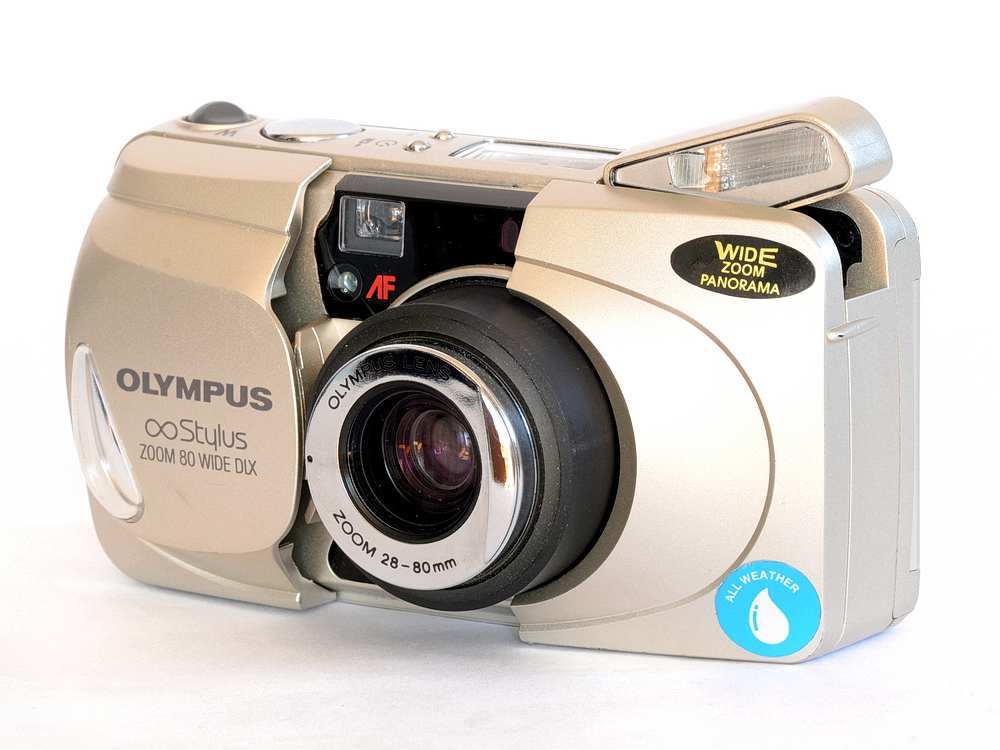 Zoom range: 28 – 80mm
Zoom range: 28 – 80mm
Maximum aperture range: f/4.5 to f/8.4
Infinity focus lock? No
Closest focus: 31.2 inches
Film lead length: 19 cm
Best feature: Good results
Worst feature: Bulky form factor
Summary: The Olympus is very much a mixed bag, combining good results with a host of little annoyances, including a sluggish start-up time (2.5 seconds) and the lack of an infinity focus lock. It does, however, have a “spot meter/focus” mode that can be helpful in some situations.
Click here for a full review of the Olympus Stylus Zoom 80.
NIKON AF600
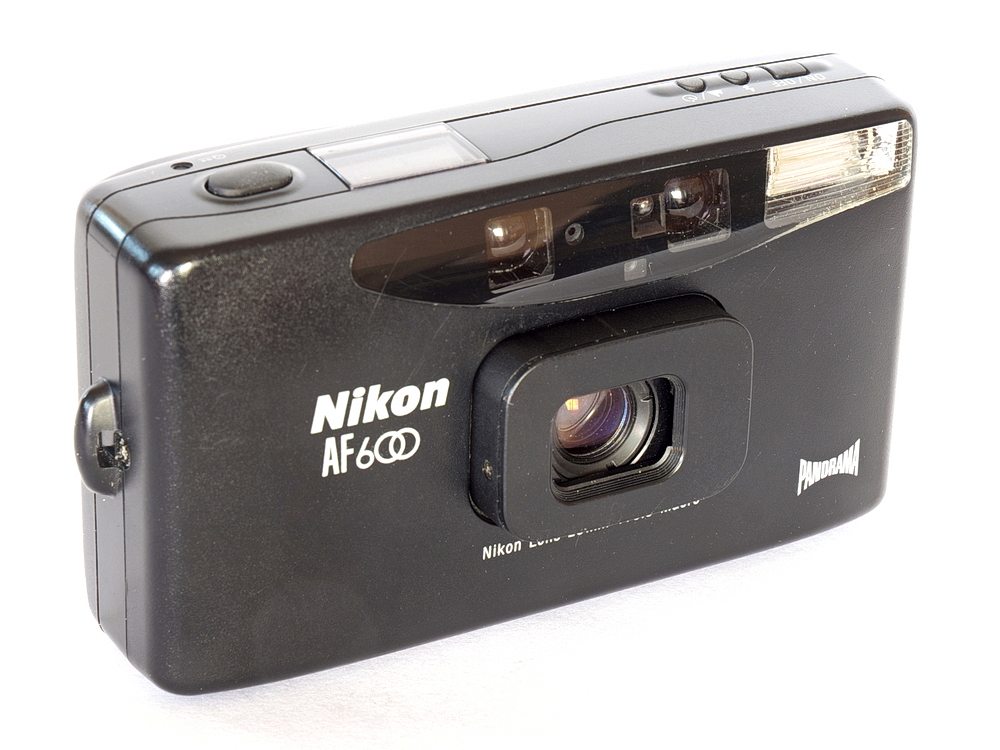 Zoom range: None. It’s a 28mm fixed lens
Zoom range: None. It’s a 28mm fixed lens
Maximum aperture: f/3.5
Infinity focus lock: Yes
Closest focus: 13.8 inches
Film lead length: 17.5cm
Best feature: Very compact, lightweight design
Worst feature: Fixed focal length lens
Summary: This truly pocketable, lightweight camera has the best close focus performance, is tied for widest maximum aperture, and has the shortest start-up time — slightly less than 1 second. The AF600 is a fine, single-purpose camera.
Click here for a full review of the Nikon AF600.
AND THE WINNER IS . . .
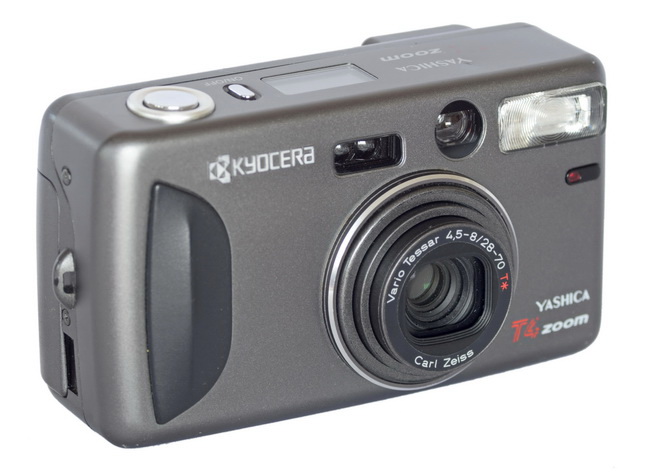 If I had to pick just one camera from this lot of five, it’d come down to a choice between the Yashica T4 Zoom and Minolta 752w Riva Zoom. They’re similar in many ways, but I think I’d probably go with the Yashica. Although its shutter lag is a problem for people and action shots, neither is a big part of my photography.
If I had to pick just one camera from this lot of five, it’d come down to a choice between the Yashica T4 Zoom and Minolta 752w Riva Zoom. They’re similar in many ways, but I think I’d probably go with the Yashica. Although its shutter lag is a problem for people and action shots, neither is a big part of my photography.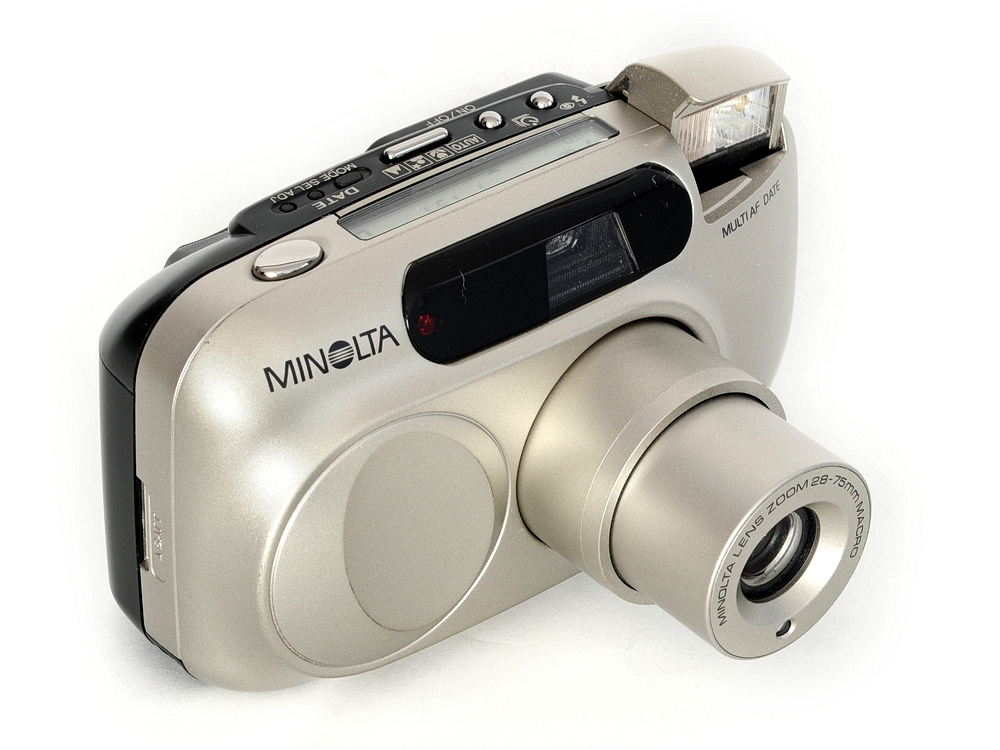 A more important issue for most readers will be the fact that Yashica T-series cameras are expensive and pretty thin on the ground. You could wait a long time before seeing one available. In that respect, the underappreciated Minolta may be a better choice. At least it’s reasonably obtainable! And a camera in the hand is worth two in the bush . . .
A more important issue for most readers will be the fact that Yashica T-series cameras are expensive and pretty thin on the ground. You could wait a long time before seeing one available. In that respect, the underappreciated Minolta may be a better choice. At least it’s reasonably obtainable! And a camera in the hand is worth two in the bush . . .
Did you find this article interesting or helpful? If so, consider using this link the next time you shop at Amazon.com. Better yet, bookmark it for future use. Thanks to Amazon’s associates program, doing so costs you nothing yet helps keep this site up and running. Thanks!

 Subscribe with RSS
Subscribe with RSS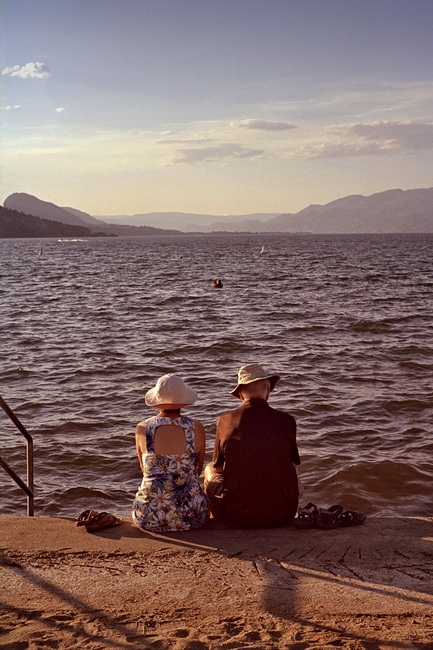
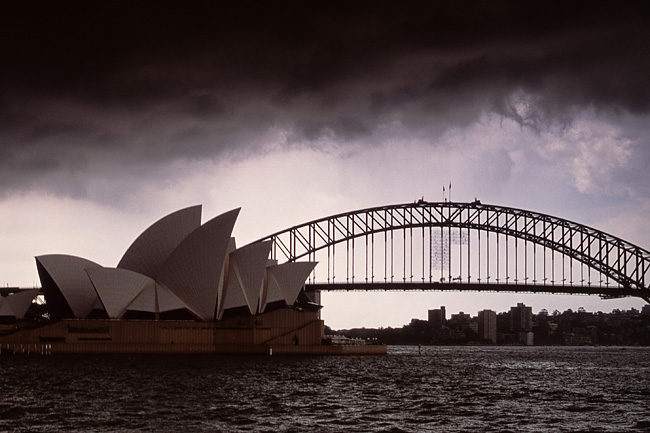
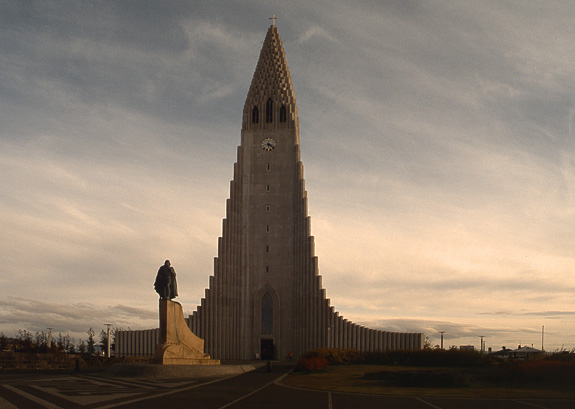
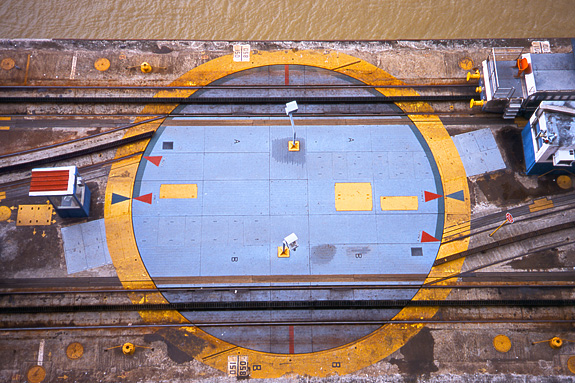
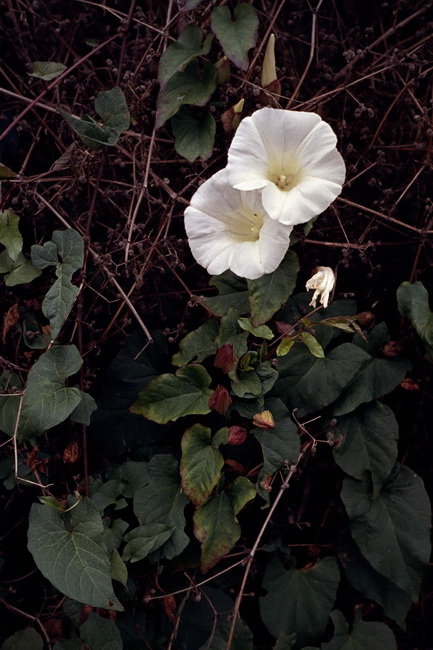
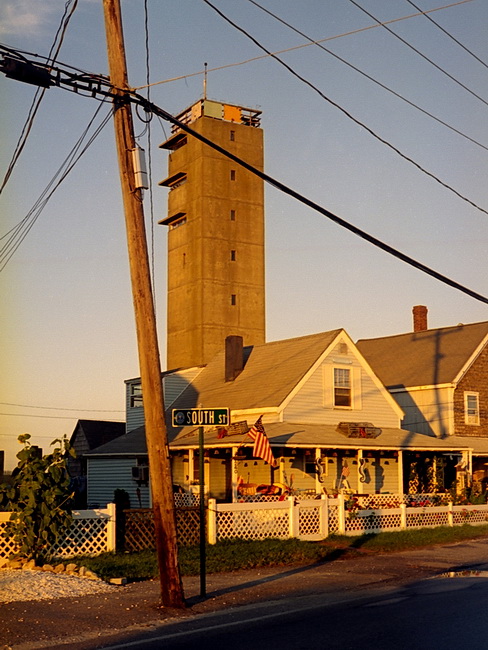
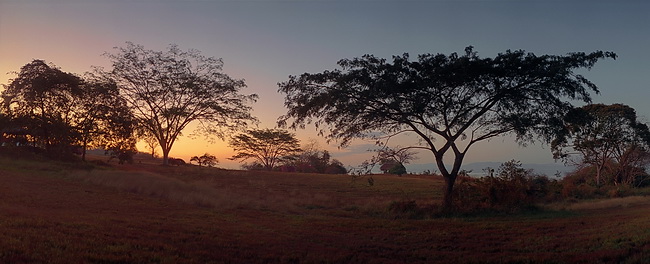
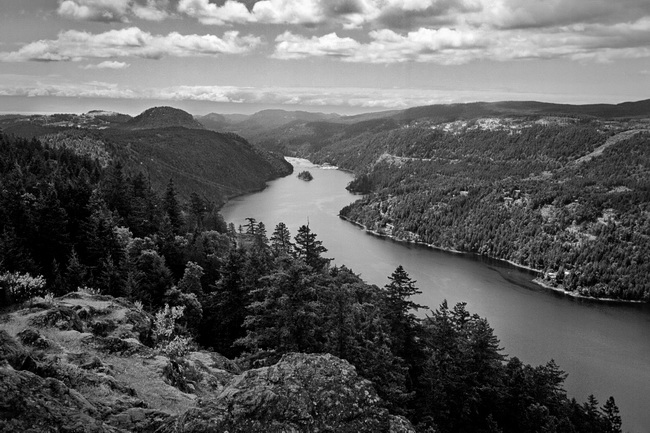
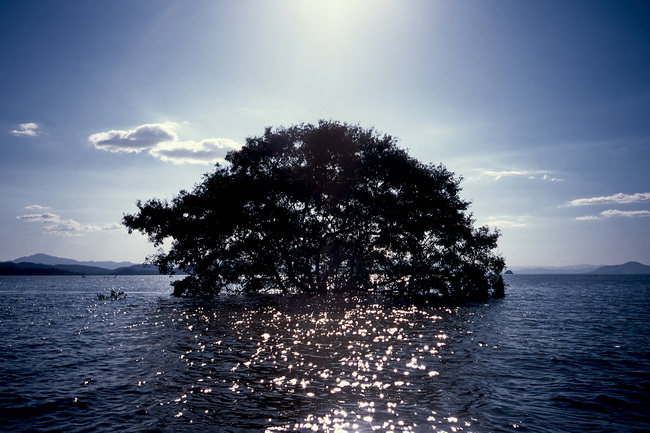
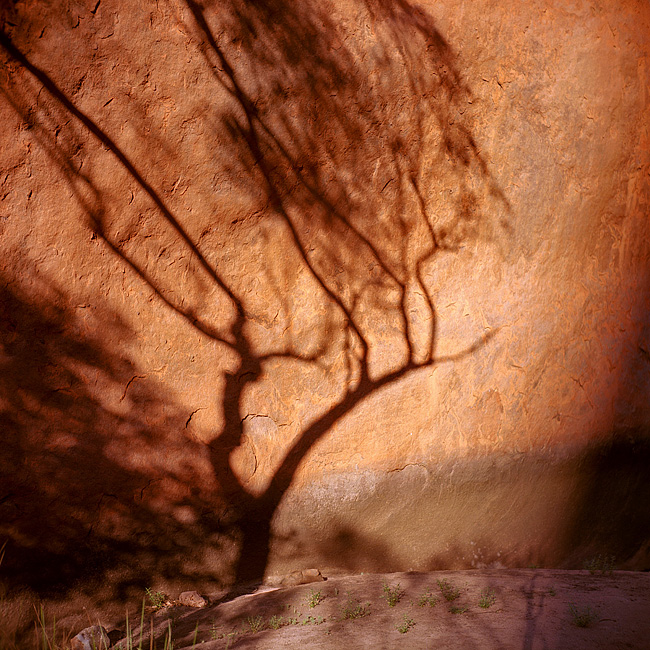
The Pentax and the Yashica are the best looking of the lot. But f/12.whatever for the Pentax — oy. Painful.
Luckily, I tend to use the camera at the wider end, which is also the faster end of the camera’s zoom range. It’s a jewel-like little machine.
Gary
The 28-70mm version of the Minolta Freedom Explorer / Riva 70W? has the 28-50-70 focal lengths printed on the lens barrel. My 28-75mm version does not have this feature.